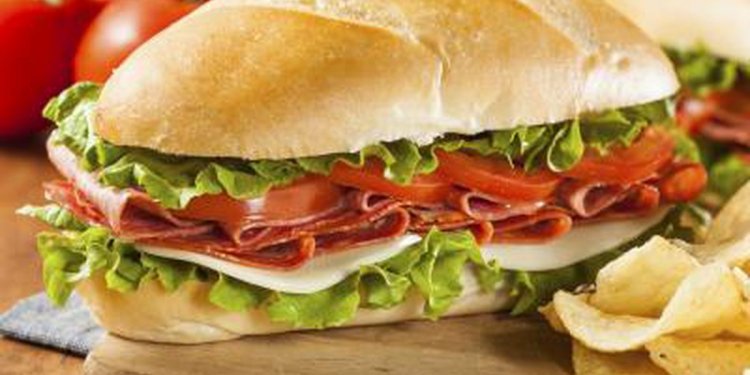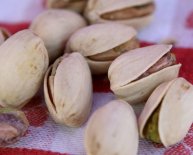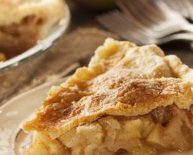
Calorie count Broccoli
 The the greater part of traditional nutritionists and doctors contain it mainly wrong when it comes to weight reduction. Let’s face it: If their guidance were good and doable, we would be slim and healthier chances are. But as a general rule, it's maybe not. Therefore the mainstream media communications frequently confuse things even more. It really is according to numerous “food lies”.
The the greater part of traditional nutritionists and doctors contain it mainly wrong when it comes to weight reduction. Let’s face it: If their guidance were good and doable, we would be slim and healthier chances are. But as a general rule, it's maybe not. Therefore the mainstream media communications frequently confuse things even more. It really is according to numerous “food lies”.
While the biggest lie of them all is it: All calories are made equal.
Is it really real? Certainly not. Why don't we explore the reason why.
Take a class of sixth graders. Suggest to them a picture of just one, 000 calories of broccoli and 1, 000 calories of soft drink. Ask them whether they have exactly the same effect on our anatomical bodies. Their unanimous response will undoubtedly be “NO!” We all intuitively realize that equal caloric amounts of soft drink and broccoli can’t become same nutritionally. But as Mark Twain stated, “The issue with good sense usually it's not too typical.”
I guess for this reason the health career, nutritionists, our federal government, the food business, while the news are nonetheless definitely advertising the outdated, scientifically disproven indisputable fact that all calories are created equal. Indeed, that well-worn notion—that so long as you burn more calories than you eat, could drop weight—is just lifeless wrong.
Newton’s very first law of thermodynamics states that power of a remote system is continual. Quite simply, in a laboratory, or “isolated system, ” 1, 000 calories of broccoli and 1, 000 calories of soft drink tend to be, indeed, similar. I’m not saying Newton had been incorrect about this. It’s correct that whenever burned in a laboratory environment, 1, 000 calories of broccoli and 1, 000 calories of soda would undoubtedly release the same number of power.
But sorry, Mr. Newton; your legislation of thermodynamics doesn’t use in lifestyle, breathing, digesting systems. Whenever you eat foodstuffs, the “isolated system” an element of the equation goes out the screen. The food interacts with your biology, a complex adaptive system that instantly transforms every bite.
To show exactly how this works, let’s follow 750 calories of soft drink and 750 calories of broccoli after they enter your body. First, soft drink: 750 calories may be the amount in a Double Gulp from 7-Eleven, that is 100 % sugar and contains 186 grms, or 46 teaspoons, of sugar. Many people do digest this amount of soft drink. They truly are considered the “heavy users.”
Your gut quickly absorbs the fiber-free sugars when you look at the soda, fructose, and sugar. The sugar spikes your blood glucose, starting a domino effect of large insulin and a cascade of hormone answers that kicks bad biochemistry into gear. The high insulin increases storage space of belly fat, increases swelling, raises triglycerides and reduces HDL, raises blood pressure, reduces testosterone in men, and plays a part in sterility in females.
Your appetite is increased because of insulin’s impact on your mind biochemistry. The insulin obstructs your appetite-control hormone leptin. You then become much more leptin resistant, therefore the mind never ever receives the “I’m full” sign. Rather, it thinks you will be starving. Your pleasure-based reward center is caused, operating you to definitely eat even more sugar and fueling your addiction.
The fructose makes things even worse. It goes directly to your liver, in which it starts manufacturing fat, which causes more insulin opposition and causes chronically elevated blood insulin amounts, operating your body to store whatever you eat as dangerous stomach fat. You also get a fatty liver, which generates much more infection. Chronic swelling causes more excess weight gain and diabesity. Something that causes irritation will intensify insulin resistance. Another issue with fructose is it doesn’t send educational feedback towards the brain, signaling that a lot of calories only hit the human body. Nor does it lower ghrelin, the appetite hormones which often decreased when you eat genuine food.
You can now see how quickly 750 calories of soda can cause biochemical chaos. Furthermore, the soft drink contains no dietary fiber, vitamins, nutrients, or phytonutrients that will help you process the calories you will be eating. They're “empty” calories lacking any nutritional value. But they are “full” of trouble. Your body does not register soda as meals, so you eat more the entire day. Plus, your tastebuds have hijacked, so whatever is certainly not super-sweet doesn’t taste good for you.
Believe I’m exaggerating? Cut-out all sugar for weekly, then have a cup of blueberries. Super-sweet. But consume those exact same blueberries after bingeing on soda and they'll taste like bland and humdrum.
Now let’s glance at the 750 calories of broccoli. As with the soda, these calories comprise mostly (but not entirely) of carbohydrates—but let’s clarify precisely what this means, considering that the differing characteristics of carbs will factor dramatically into the contrast I’m planning to show.
Carbs tend to be plant-based substances comprised of carbon, hydrogen, and oxygen. They come in lots of varieties, however they are all officially sugars or starches, which convert to sugar within the body. The important distinction is in the way they impact your blood glucose. High-fiber, low-sugar carbs including broccoli are slowly digested and don’t lead to blood sugar levels and insulin spikes, while dining table sugar and loaves of bread tend to be rapidly digested carbs that increase your blood glucose. Therein lies the difference. Sluggish carbohydrates like broccoli heal rather than damage.
Those 750 calories of broccoli comprise 21 cups and contain 67 grms of fibre (the common United states consumes ten to fifteen grms of fibre each and every day). Broccoli is 23 % protein, 9 per cent fat, and 68 % carb, or 510 calories from carbohydrates. The “sugar” in 21 glasses of broccoli is the equivalent of just 1.5 teaspoons; all of those other carbohydrates will be the low-glycemic kind within all nonstarchy vegetables, which are extremely gradually soaked up.

















